(1003 products available)
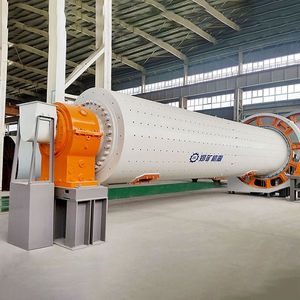









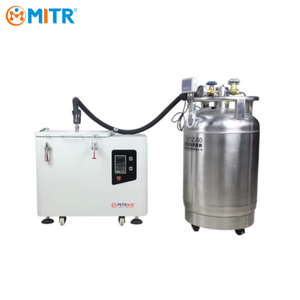







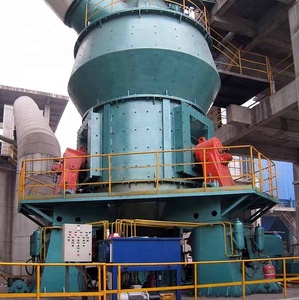
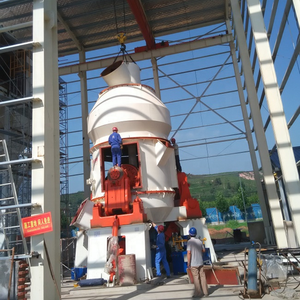





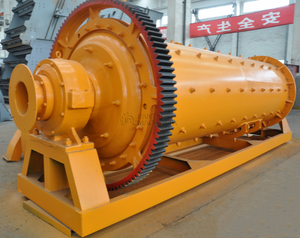

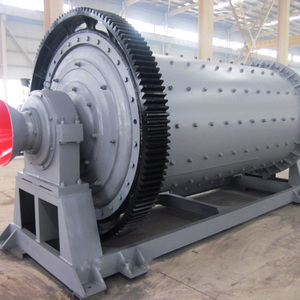


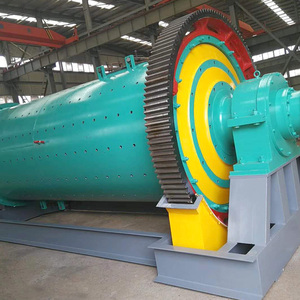












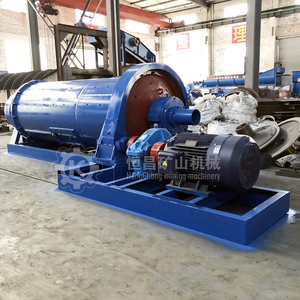
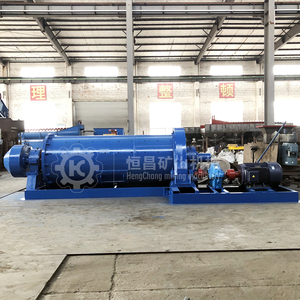

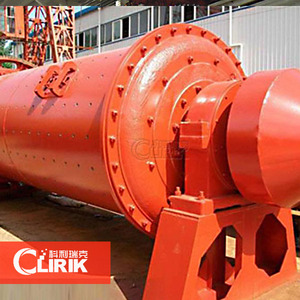












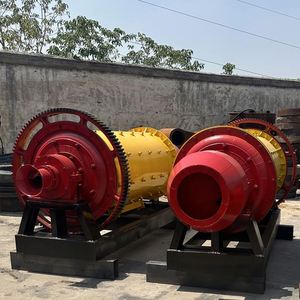





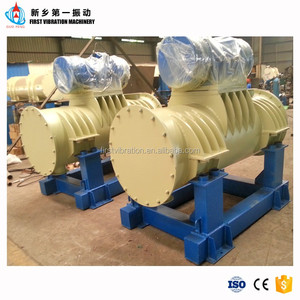











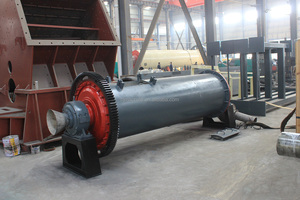
















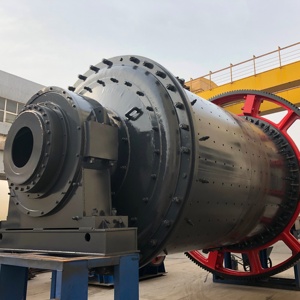

















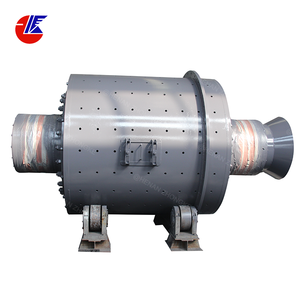

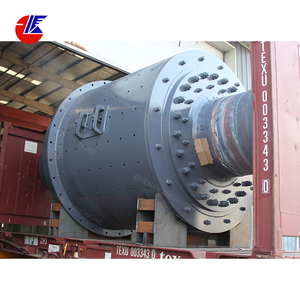







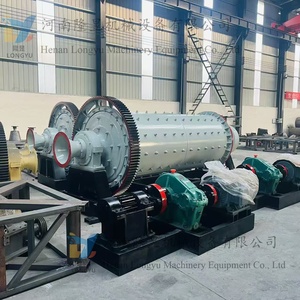

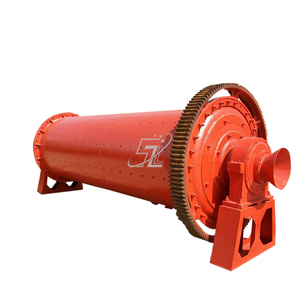
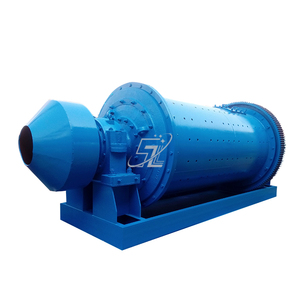


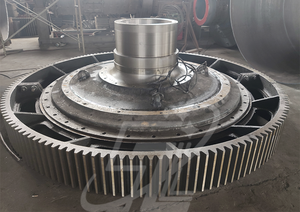








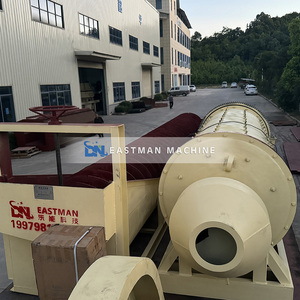






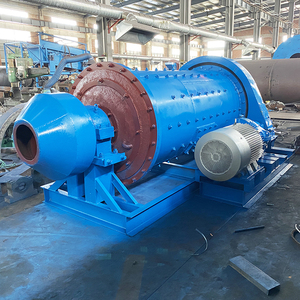





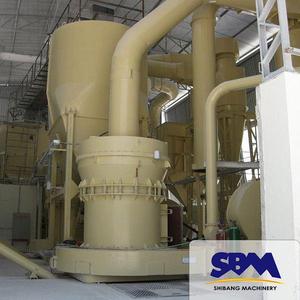






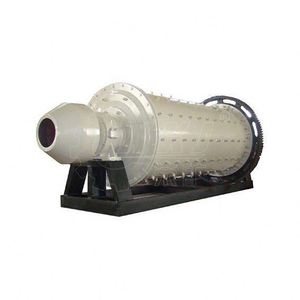







A ball mill for calcium carbonate is an industrial device utilized to break solid materials into smaller pieces or powder via a rotating drum filled with balls. The operation is based on the impact and friction generated between the balls and the inner walls of the drum when it is rotated. This force crushes and grinds the material. Ball mills are equipped with varied sizes and materials of balls and can be filled with different types of substances.
Firstly, the big class is distinguished between the dry and the wet milling process. In the dry method, dry material, for example, ground calcium carbonate powder, is milled. The process produces a dry powder and does not need additional drying processes. At the same time, the ball mill for the dry method is easier to operate and more energy efficient but has less production speed. The latter means that the machine works faster but uses more energy. The wet method produces a slushy substance and needs more drying processes after the milling. The disadvantage of the wet method is that it demands more maintenance because it is not fully leak-proof.
The continuous ball mill for calcium carbonate is a type of ball mill that operates continuously as opposed to intermittently. The design often consists of a cylindrical chamber that rotates around its horizontal axis while being filled with different sizes of steel or ceramic balls. Materials are both fed and discharged continuously from the machine. Continuous operation modes have higher efficiency and productivity rates but are also larger, heavier, and more costly. In contrast, the intermittent mode is more suitable for small and medium-sized businesses that seek to save on costs and have simpler operations.
Cone crushers are another alternative to regular ball mills. The devices work in a similar way but use a different technique. They crush material by applying pressure to it. The advantage of cone crushers is that they are lighter and smaller than regular ball mills, making them more suitable for the end-user market.
The specifications of a calcium carbonate ball mill can vary depending on the model and manufacturer. However, here are some standard specifications for these mills.
Proper maintenance is critical for ensuring reliable operation and maximizing productivity. Here are some maintenance tips for ball mills for calcium carbonate:
The ball mill machine is very useful in the construction and chemical industries. In the construction industry, it crushes limestone to get quicklime and slaked lime used when making asphalt, cement, and hydrated lime. A hydrated lime ball mill is used to make hydrated lime from limestone in a dry process.
In the chemical industry, it pulverizes calcium carbonates for use in products like paints and antacids. The ball mill for calcium carbonate is essential for grinding the filler used in water-based paints and sealants to achieve better dispersion and a glossier look.
In the mining industry, a gold ball mill machine is used to process ores and extract gold. The ore is mixed with chemicals to separate the gold from the rock more efficiently. The ball mill machine is very popular in the mining industry because it is a cost-effective way to process different types of rocks.
Other industries that benefit from the high-performance ball mill include metal, ceramic, and cement. Here the machine grinds various raw materials to make different kinds of metals and alloys.
In food processing industries, a small ball mill grinder is used to grind food samples in small batches for testing. For example, grinding spices to improve their shelf life and ensure better quality control.
Production needs analysis:
Initially, what sellers must do is analyze their production needs. They need to consider factors like the required amount of calcium carbonate, particle size, and milling efficiency. By this analysis, they can determine parameters like the milling capacity and diameter and length ratio of the ball mill.
Equipment type and specifications:
When figuring out the production demand, sellers need to choose the type and specification of the ball mill. They should consider the advantages and disadvantages of different types of ball mills and choose the one that suits their needs. Additionally, they also need to confirm the equipment's specifications to ensure that it matches their production line.
Milling media choice:
The choice of grinding media can influence the milling efficiency and product quality. Sellers need to choose the appropriate size, material, and quantity of the milling media according to the characteristics of the calcium carbonate material.
Auxiliary system matching:
A ball mill is often part of a complete production line. Therefore, sellers need to ensure that the auxiliary systems, such as feeding, discharging, dust collection, etc., are suitable and can be well combined with the ball mill.
Equipment quality and brand:
Sellers need to pay attention to the quality and brand of the ball mill manufacturer. They need to choose a reputable manufacturer to ensure that the quality and after-sales service of the equipment are guaranteed.
Q1: Are there any alternatives to a ball mill for calcium carbonate?
A1: There are other types of mills for calcium carbonate that might be preferable than using a ball mill. These include roller mills, ring roller mills, or jet mills. Each alternative has its own specifications and benefits.
Q2: What is the typical time taken to mill calcium carbonate in a ball mill?
A2: The time can vary, but generally, it can take anywhere between a few minutes to several hours depending on the amount and desired particle size.
Q3: What are the safety precautions when using a ball mill for calcium carbonate?
A3: Some safety measures include securing all parts before starting the mill, wearing appropriate personal protective equipment, ensuring the mill is properly grounded, and not exceeding the recommended fill levels.
Q4: Can a ball mill for calcium carbonate be used for other materials?
A4: Yes, ball mills are versatile and can be used to mill other materials such as ceramics, chemicals, and minerals.